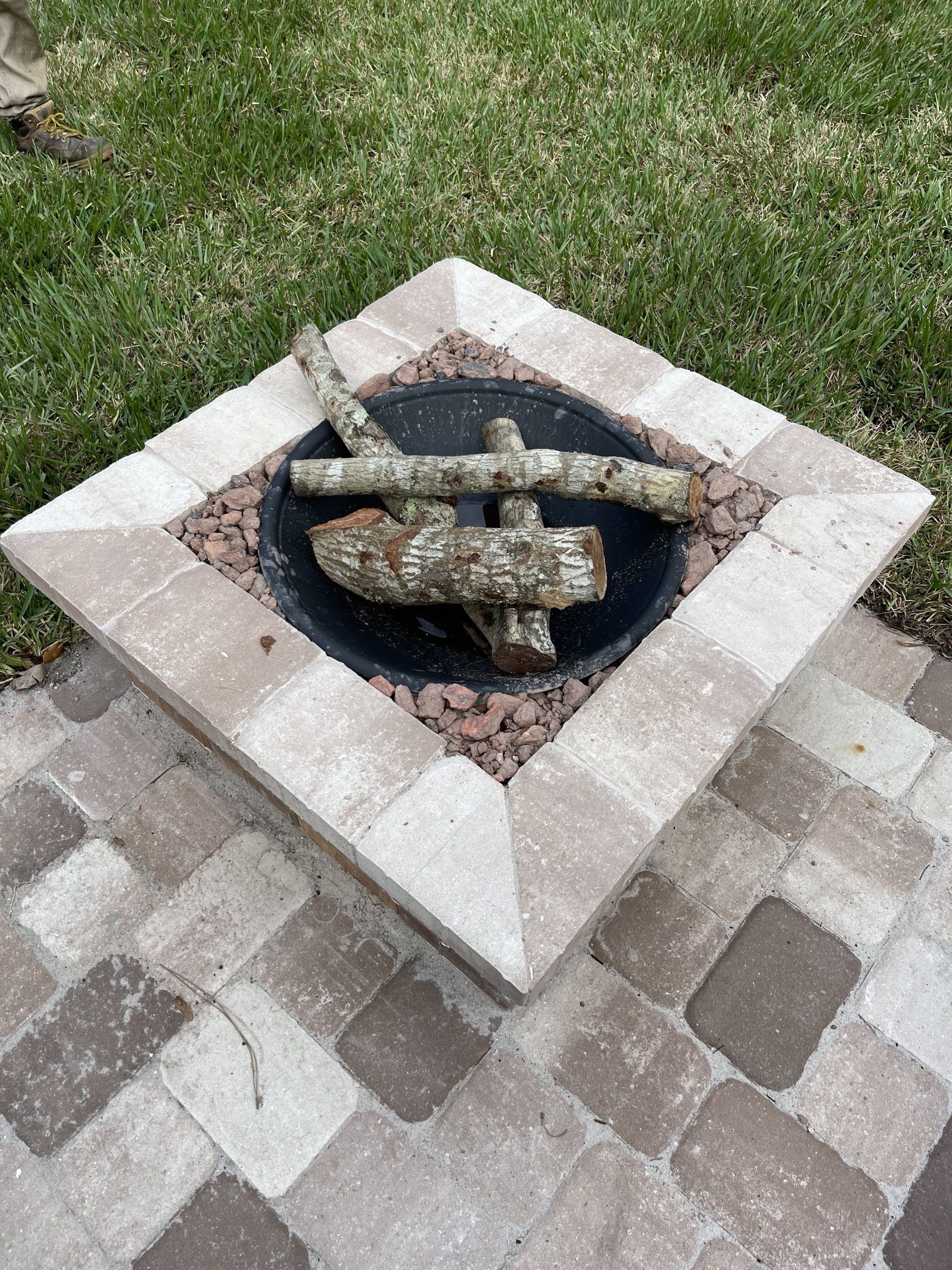How to prevent grass from growing through cracks in your pavers
Bricks on a grassy sidewalk might be ugly and dangerous to walk on, but you can manage it in a number of ways. Over time, loose sand mortar that is frequently used in the gaps between brick pavers, as well as soil and plant debris that accumulate there, provide ideal growing conditions for grass seeds to germinate. When grass is mowed, it breaks down roots in the ground and sends them into cracks where they can grow later when the grass grows back. Perennial and annual grasses may be grown on a brick sidewalk, and their management methods are the same.
Removing Grass
Remove the existing grass with a systemic herbicide that destroys grasses, such as fluazifop, which also targets grass roots and leaves.On a dry, still day, wear a long-sleeved shirt, pants, and gloves then lightly spray a ready-to-use 0.48 percent fluazifop-p-butyl product on the grass when it's actively growing. After seven days, spray the grass again and remove the plants when they're brown, dried, and withered. Spray herbicides for grass farther away from ornamental grasses.
Replacing Mortar
- In between brick pavers, grass thrives in loose sand mortar, so replace the loose sand with polymeric sand. Polymeric sand has conditions under which grass will struggle to develop because it hardens after being wetted. Remove the loose sand and dirt from between the brick pavers and sweep them away. Brush the polymeric sand onto the cracks between the bricks until it reaches the surface. Firm the sand using your gloved hands or a piece of wood to fill in any hollows that appear. Remove any loose sand with a broom. Wet the sand in a sidewalk crack with a soft spray nozzle from a garden hose and carefully spray it to dampen it without washing it away. Before the sand has set, use an old towel to clean off any sand on the walkway surface.
Maintaining a Brick Sidewalk
Without the use of herbicides, maintaining a brick sidewalk grass-free is simple. Grass rapidly grows in areas where dirt and plant debris accumulate on a brick sidewalk. Sweeping the pavement clean with a firm broom once a week will keep it looking nice. If the soil is difficult to remove because it has dried after rain, spray it with a high-pressure hose nozzle.
Use a string trimmer to cut grass next to a brick sidewalk. Trim the grass at an angle that slopes away from the edge of the pavement. This will help prevent dirt and grass clippings from washing onto the sidewalk when it rains or when you spray it with a hose.
Applying Long-Lasting Herbicides
Long-lasting herbicides kill grass in a brick sidewalk and prevent grass seeds from germinating. Apply long-term herbicides on a dry, still day when the lawn is actively growing and the daytime temperature is above 60 degrees Fahrenheit. Apply a ready-to-use 0.016 percent imazapyr and 1 percent glyphosate product at a rate of 27 fluid ounces per 10 square feet, wearing protective clothing. Herbicides are hazardous to apply on paving since they may be carried into storm drains and ground water during heavy rains, therefore follow the manufacturer's recommendations carefully.
Although it's not a difficult process, removing grass from between brick pavers can be time-consuming. If you're looking for an easier solution, using polymeric sand to fill in the cracks between bricks is a good option. Maintaining a clean sidewalk can be done by sweeping it weekly and spraying water on it to keep the sand in place. If you're looking for a more long-term solution, applying herbicides will kill existing grass and prevent new grass from growing. If you are looking to get your pavers in Vero Beach redone then don't hesitate to call VBF Pavers.


